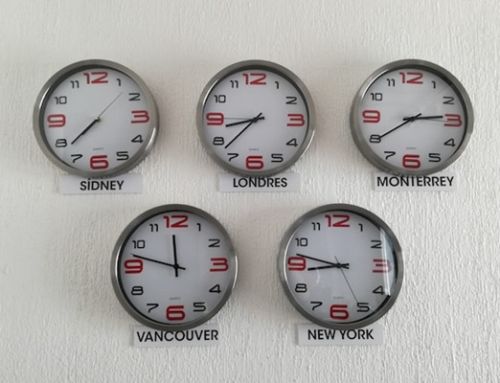Hiring is a fluid process, whether you work for a small company or a large corporation. Trends constantly change and new generations of applicants require adaptation to everything from resume and CV trends to office layout preferences. A successful HR department spends time watching trends and learning and growing from them.
Technology will always change, and you can decide if you want to stay in the past or move forward with the next generation. While CV trends change and HR departments adapt, we have a few tips to help you in the process.
Image by yanalya on Freepik
The Trend: Focusing on the Long Game
As robotics, engineering, AI and humans combine forces, there are more jobs than there are applicants in many sectors. One example of this is in the field of cybersecurity. According to the World Economic Forum, the industry needs more than 2.5 million workers to fill current jobs. This means that just to defend basic, critical, digital infrastructure in industries like healthcare, public services, transportation and energy, the field must grow by 65%.
As the gap between the necessary workforce and the number of workers widens, this creates a bigger focus on skills on the CV or resume. This requires HR departments to determine long-term strategies rather than simply finding the immediate candidate for the job. You must adjust your search past hard skills in some situations and determine what can be taught.
The Fix: Check Soft and Hard Skills
While some applicants may lack the hard skills to do the job, consider the things that can be taught over time, and if their soft skills make up the difference. Employees can be trained in software or processes, while leadership, communication and dependability are harder to develop over time.
Obviously, each job has hard skills that are necessary for an employee to perform their duties. They may need a certification or a degree to work in your field. But as you review CVs and resumes, consider if an applicant’s soft skills make it worth the extra effort to train or educate them.
If you find a candidate who is a perfect culture fit with all the soft skills you need, consider providing them with the education or certification they need for the job. Bringing on employees with good soft skills and educating them is a long-term investment designed to decrease turnover and in turn, lighten your workload.
The Trend: Simplify
Trends show that resumes and CVs are simplifying and getting to the point. Gone are the days when every accomplishment and experience was included in a CV, and now applicants are getting right to the point. For a quick view on how resumes and CVs are simplifying, browse the Jobseeker website to look at popular templates.
Applicants do this by studying your job description, company and the way your work fits into the world. They focus on the things you want, so job descriptions and applicant tracking systems must be fine-tuned to adjust.
The Fix: Detailed Job Descriptions
As resumes and CVs are simplified, your job descriptions should become more detailed and intricate. Write in a direct, concise style and use simple words. Keep sentence structure simple and use present tense actions verbs. Don’t use acronyms or abbreviations. Avoid gender specific language and ambiguous terms.
If you use applicant tracking systems to sort through resumes, include keywords that reference hard and soft skills. If hard skills are something that can be taught on the job, you may want to leave them out of your ATS search and focus on the soft skills needed for long-term success. Include only essential activities in your search. A detailed description doesn’t need to be long. As CVs and resumes are simplified, your sorting process should follow the same path.
The Trend: The Importance of Impact
In the past, resumes and CVs focused highly on quantifiable tasks like how much money they saved a company, how they streamlined processes and increased productivity and how their actions led to large financial gains. Today’s resumes detail how an individual impacted an organization or the overall good of a company.
The Fix: Identify Company Goals and Apply Them to Job Descriptions
With this trend, the trick is to recognize how a person can have an overall positive impact on your company. This may require a deeper look than you’ve given in the past. HR departments may have to do some creative thinking to determine how an applicant’s work translates to the company’s overall goals. Rather than pegging an applicant into one specific department or job, consider how their skills may improve other parts of the company.
The focus on the overall good also changes how you want to present your company to the world. More and more, applicants are seeking companies that have a global impact on not only economic, but also social issues. This can change how you write job descriptions and what tasks you require of your employees.
Fluidity Is Key
CV trends will always adjust, but the COVID-19 pandemic brought on unprecedented changes to both the hiring process and the jobs people desire. Studies done show that resilience is the number one skill an employee can offer, and that soft skills are more valuable than ever. The important part of running an HR department is the ability to constantly adapt to new trends and set a long-term vision for the company. Finding a balance of qualification, education and soft skills can be a balancing act, but better for your company in the long run.






Leave A Comment